

Articles
How To Wash A Silk Duvet Cover
Modified: February 24, 2024
Discover the best articles on how to properly wash a silk duvet cover and keep it looking fresh and luxurious.
(Many of the links in this article redirect to a specific reviewed product. Your purchase of these products through affiliate links helps to generate commission for Storables.com, at no extra cost. Learn more)
Introduction
A silk duvet cover is a luxurious and delicate item that requires special care when it comes to washing. Made from the natural fibers of silkworms, silk duvet covers offer a soft and smooth surface that not only enhances the visual appeal of your bedding but also provides a comfortable sleeping experience.
However, due to their delicate nature, silk duvet covers need to be washed with care to maintain their quality and longevity. In this article, we will guide you through the process of washing a silk duvet cover step-by-step, ensuring that you can keep your duvet cover fresh and clean while preserving its beauty and softness.
Before we dive into the washing process, it’s important to note that not all silk duvet covers are machine washable. Some may require dry cleaning or hand washing. Therefore, it’s crucial to check the care label on your duvet cover for specific instructions. If the care label indicates that machine washing is suitable, then you can proceed with the instructions provided in this article.
Now, let’s move on to the first step – checking the care label.
Key Takeaways:
- Pamper your silk duvet cover by checking the care label, using a gentle detergent, and air drying to maintain its luxurious softness and beauty for years to come.
- Embrace the optional ironing step to remove wrinkles, but remember to handle your silk duvet cover with care and store it properly to prolong its lifespan.
Read more: What Is A Duvet Cover
Step 1: Checking the care label
Before starting the washing process, it’s crucial to check the care label on your silk duvet cover. The care label provides valuable information about the recommended washing instructions and any specific precautions or limitations that you need to be aware of.
The care label may indicate whether the duvet cover is machine washable or if it requires dry cleaning or hand washing. It may also provide guidelines on water temperature, detergent types, and any special considerations such as avoiding bleach or fabric softeners.
Take the time to read and understand the care label thoroughly to ensure that you follow the manufacturer’s recommendations. This will help prevent any potential damage to the silk fibers and ensure that your duvet cover maintains its quality and appearance over time.
If the care label indicates that your silk duvet cover is machine washable, you can proceed to the next step – preparing the washing machine.
Step 2: Preparing the washing machine
Once you have confirmed that your silk duvet cover is suitable for machine washing, it’s important to take a few steps to prepare the washing machine before inserting the duvet cover.
First, ensure that the washing machine drum is clean and free from any residue or detergent buildup. Wipe the inside of the drum with a damp cloth if necessary.
Next, select a gentle washing cycle with a low spin speed. Avoid using harsh cycles such as heavy-duty or high-speed spin cycles, as they can cause unnecessary stress to the delicate silk fibers.
It’s also recommended to use a lingerie bag or a pillowcase to encase the silk duvet cover. This will provide an extra layer of protection and prevent the duvet cover from getting tangled or snagged during the washing process. Place the duvet cover inside the bag or pillowcase and ensure that it is evenly distributed.
Lastly, if you are washing the silk duvet cover along with other items, make sure they are of similar colors and fabrics. Mixing different fabrics or colors may result in color bleeding or fabric damage. It’s best to wash silk items separately or with like-colored delicate fabrics.
With the washing machine prepared, you are now ready to move on to the next step – using the right detergent.
Step 3: Using the right detergent
Choosing the right detergent is crucial when washing a silk duvet cover. Using a gentle and pH-balanced detergent specifically designed for delicate fabrics is highly recommended. Avoid using harsh detergents, bleach, or any products that contain enzymes, as they can damage the silk fibers.
Look for a mild detergent that is labeled as suitable for silk or delicate fabrics. These detergents are formulated to clean your silk duvet cover effectively while being gentle enough to maintain its softness and luster.
When measuring the detergent, be cautious not to use an excessive amount. Using too much detergent can leave a residue on the silk fabric, making it feel stiff or look dull. Follow the instructions provided on the detergent packaging for the appropriate amount to use based on the load size.
It’s also worth noting that liquid detergents are generally preferred over powder detergents for washing silk items. Liquid detergents dissolve more easily and are less likely to leave residue on the fabric.
If you prefer a more natural approach, you can consider using a gentle liquid soap made specifically for delicate fabrics or a mild shampoo. These alternatives can be effective in cleaning silk while being gentle on the fibers.
Now that you have selected the right detergent, let’s move on to the next step – setting the washing machine.
Step 4: Setting the washing machine
Setting the washing machine correctly is important to ensure that your silk duvet cover is washed gently and effectively. By adjusting the settings appropriately, you can minimize any potential damage to the delicate fabric.
First, set the water temperature to cold or lukewarm. Avoid using hot water, as it can cause shrinkage, fading, or even weaken the silk fibers. Cold or lukewarm water is gentle on silk and helps maintain its softness and integrity.
Next, choose a gentle or delicate cycle on your washing machine. These cycles typically have shorter agitation times and slower spin speeds, which are ideal for preserving the delicate nature of silk. Avoid using heavy-duty or high-speed cycles, as they can subject the duvet cover to excessive mechanical stress.
Consider adding an extra rinse cycle to ensure that all detergent residues are thoroughly rinsed out of the silk duvet cover. This will help maintain its softness and prevent any potential buildup of detergent on the fabric.
Lastly, if your washing machine offers an option to adjust the water level, choose a lower water level setting. Using a lower water level reduces the amount of excess water that the duvet cover absorbs, preventing unnecessary stretching or tension on the silk fabric.
With the washing machine settings properly adjusted, you are now ready to proceed to the next step – washing the silk duvet cover.
When washing a silk duvet cover, use a gentle detergent and cold water to prevent damage to the delicate fabric. Avoid using bleach or fabric softener, and air dry or use the delicate setting on your dryer to maintain the quality of the silk.
Read more: How To Change A Duvet Cover
Step 5: Washing the silk duvet cover
Now that the washing machine settings are properly adjusted, it’s time to wash the silk duvet cover. Follow these steps to ensure a gentle and effective cleaning process:
- Place the silk duvet cover, enclosed in the lingerie bag or pillowcase, into the washing machine.
- Close the washing machine lid or door and start the gentle or delicate cycle.
- Allow the washing machine to complete the cycle, taking care to avoid interrupting the process.
- Once the cycle is finished, remove the silk duvet cover from the washing machine.
- Take the duvet cover out of the lingerie bag or pillowcase and inspect it for any noticeable stains or spots.
- If there are stubborn stains, gently spot treat them using a mild detergent or stain remover specifically formulated for silk. Apply the product to the stained area and gently rub it in with a soft cloth or sponge.
- Rinse the spot-treated areas thoroughly under cold water to remove any residual detergent or stain remover.
- Once the duvet cover is cleaned and spot-treated (if necessary), gently squeeze out the excess water without wringing or twisting the fabric.
- Lay the duvet cover flat on a clean, absorbent towel and gently roll it up to remove even more moisture.
- Unroll the towel and transfer the damp duvet cover to a drying rack or hang it up to air dry. Avoid direct sunlight or heat sources, as they can damage the silk fibers.
Allow the silk duvet cover to dry completely before moving on to the next step – ironing (optional), which we will cover in the next section.
Step 6: Drying the silk duvet cover
After washing the silk duvet cover, it’s important to dry it properly to maintain its shape, texture, and quality. Follow these steps to ensure a safe and effective drying process:
- After gently squeezing out the excess water, lay the damp silk duvet cover flat on a clean, dry towel.
- Gently smooth out any wrinkles or creases in the fabric, ensuring that it lies flat on the towel.
- Roll up the duvet cover and towel together, applying light pressure to squeeze out more moisture.
- Unroll the towel and carefully remove the duvet cover.
- Find a well-ventilated area to air dry the silk duvet cover. Avoid direct sunlight or heat sources, as they can damage the delicate fabric.
- If you have a drying rack, you can place the duvet cover on it, ensuring that it is spread out evenly.
- Alternatively, you can hang the duvet cover on a clothesline or hanger. Use clothespins to secure it in place, taking care not to stretch or distort the fabric.
- Allow the duvet cover to air dry completely. This process may take a few hours, depending on the humidity and airflow in the drying area.
- Once the duvet cover is completely dry, inspect it for any remaining wrinkles.
- If necessary, you can gently iron the silk duvet cover to remove wrinkles. Set your iron to the silk or low-heat setting.
- Place a clean, thin cloth between the iron and the duvet cover to protect the silk surface from direct heat.
- Lightly press the iron on the cloth-covered duvet cover, moving in gentle, smooth motions. Avoid applying excessive pressure or leaving the iron in one place for too long.
- Take your time and be cautious while ironing to avoid scorching or damaging the silk fabric.
With the silk duvet cover now dry, you can move on to the optional step of ironing, and if necessary, store or use the duvet cover as desired.
Step 7: Ironing (optional)
Ironing a silk duvet cover is an optional step that can help remove any remaining wrinkles and ensure a smooth and polished appearance. However, it’s important to approach this step with caution to avoid damaging the delicate silk fabric. Follow these steps for safe and effective ironing:
- Ensure that the silk duvet cover is completely dry before starting the ironing process.
- Set your iron to the silk or low-heat setting. Silk is a delicate fabric that can burn or scorch easily, so it’s important to use low heat.
- Place a clean, thin cloth, such as a cotton pillowcase or a pressing cloth, on top of the silk duvet cover. This acts as a protective barrier between the iron and the silk fabric.
- Starting from one corner or edge, gently press the iron onto the cloth-covered duvet cover. Move the iron in gentle, smooth motions, applying minimal pressure.
- Continue ironing the duvet cover, gradually moving across the fabric. Take care not to leave the iron in one place for too long, as this can lead to heat damage.
- Pay extra attention to any stubborn wrinkles or creases, using the tip of the iron to gently smooth them out.
- Remember to iron both sides of the duvet cover if necessary, flipping it over and repeating the same process.
- Once you have finished ironing, allow the silk duvet cover to cool and air out before using or storing it.
It’s worth noting that silk has a natural tendency to develop a subtle sheen over time, known as patina. This is a normal characteristic of silk fabric and adds to its beauty. If you prefer to maintain the soft, natural texture of silk, you can skip the ironing step and embrace the natural patina.
With the optional step of ironing now complete, your silk duvet cover is ready to be used or stored for future use. Enjoy the luxurious comfort and beauty of your clean and well-cared-for silk bedding!
Conclusion
Washing a silk duvet cover requires a delicate touch and careful attention to detail. By following the steps outlined in this guide, you can ensure that your silk duvet cover remains clean, fresh, and beautiful for years to come.
Remember to always check the care label on your duvet cover before starting the washing process. This will provide specific instructions and precautions to follow based on the manufacturer’s recommendations.
Preparing the washing machine with the appropriate settings, using a gentle detergent specifically formulated for delicate fabrics, and washing the silk duvet cover on a gentle cycle will help protect the integrity of the fabric.
Drying the duvet cover properly by gently squeezing out excess water and allowing it to air dry in a well-ventilated area will help maintain its shape and softness.
Ironing the silk duvet cover is an optional step that can help remove wrinkles if desired. However, it’s important to use low heat and a protective cloth to prevent heat damage.
By following these steps and giving your silk duvet cover the care it deserves, you can enjoy the luxurious comfort and elegance that silk bedding brings to your sleep space. Remember to always handle your silk duvet cover with care and store it properly when not in use to prolong its lifespan.
Now that you have the knowledge and know-how, go ahead and give your silk duvet cover the pampering it deserves. Sweet dreams await you in your freshly cleaned and beautifully maintained silk bedding!
Frequently Asked Questions about How To Wash A Silk Duvet Cover
Was this page helpful?
At Storables.com, we guarantee accurate and reliable information. Our content, validated by Expert Board Contributors, is crafted following stringent Editorial Policies. We're committed to providing you with well-researched, expert-backed insights for all your informational needs.



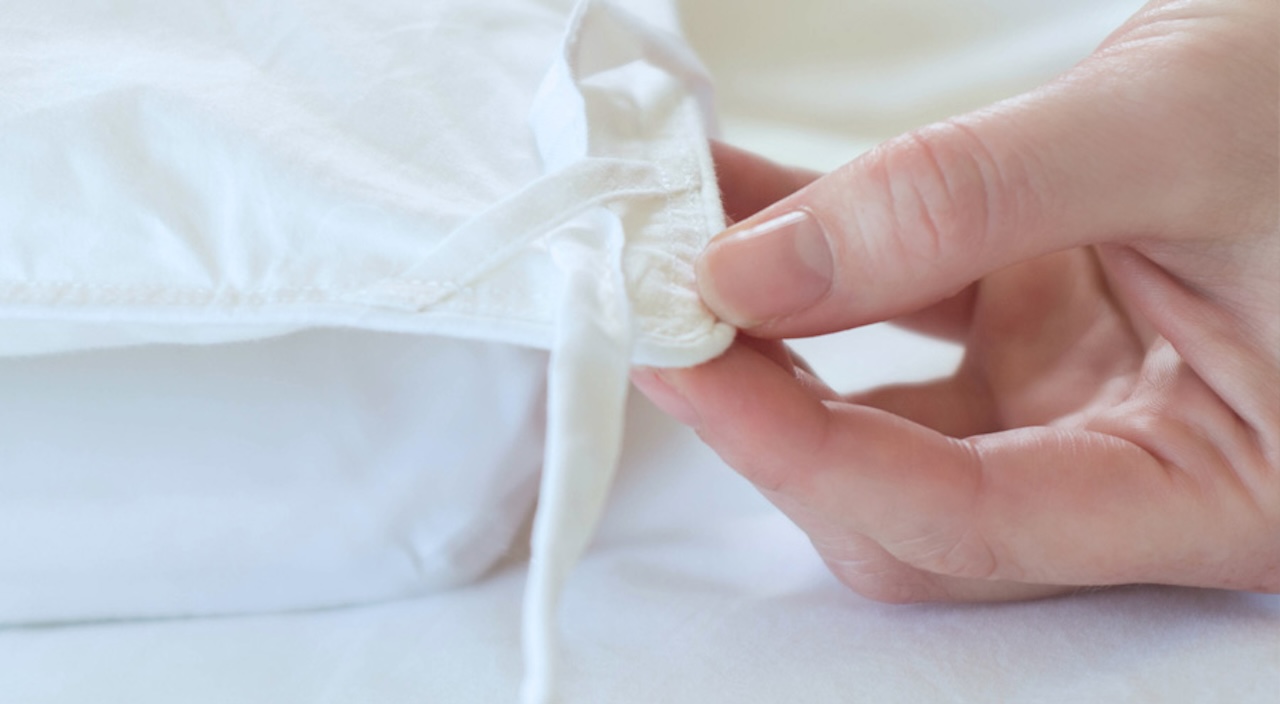
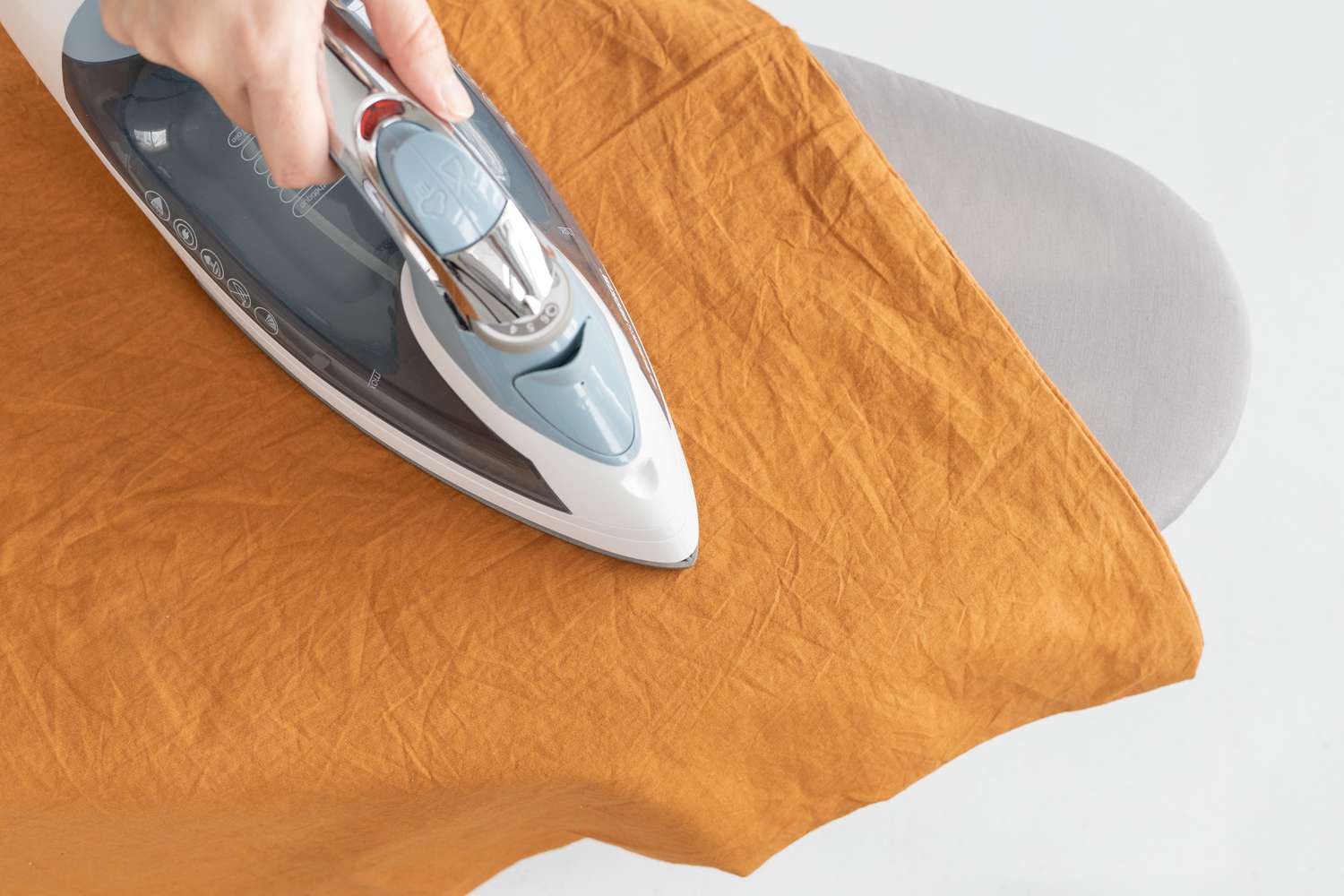



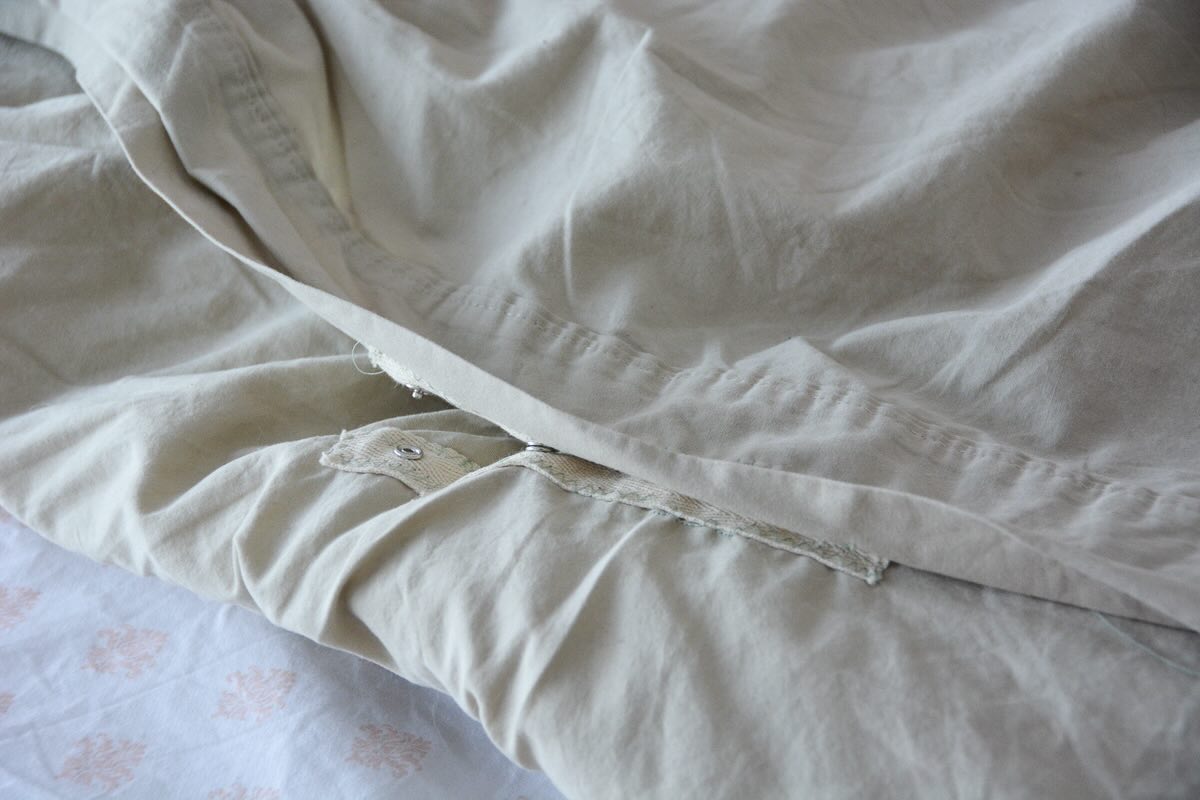
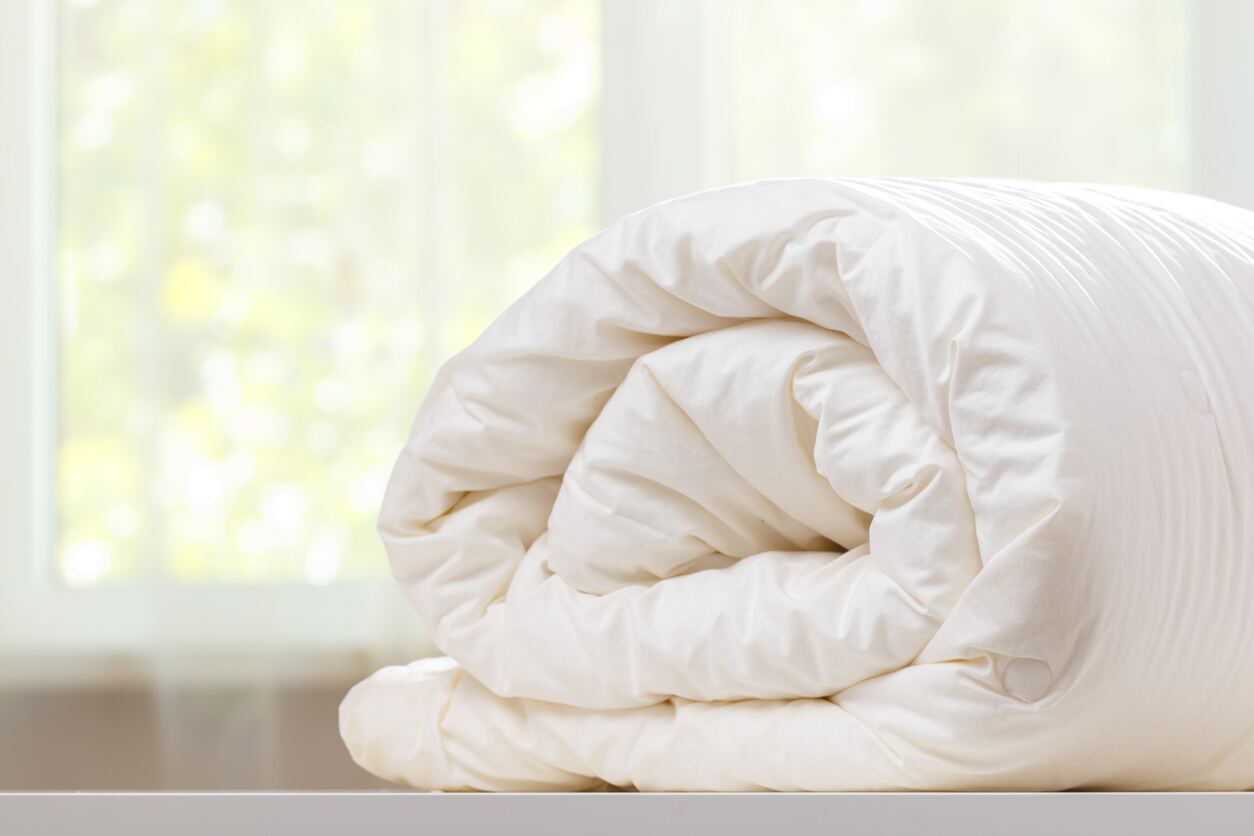



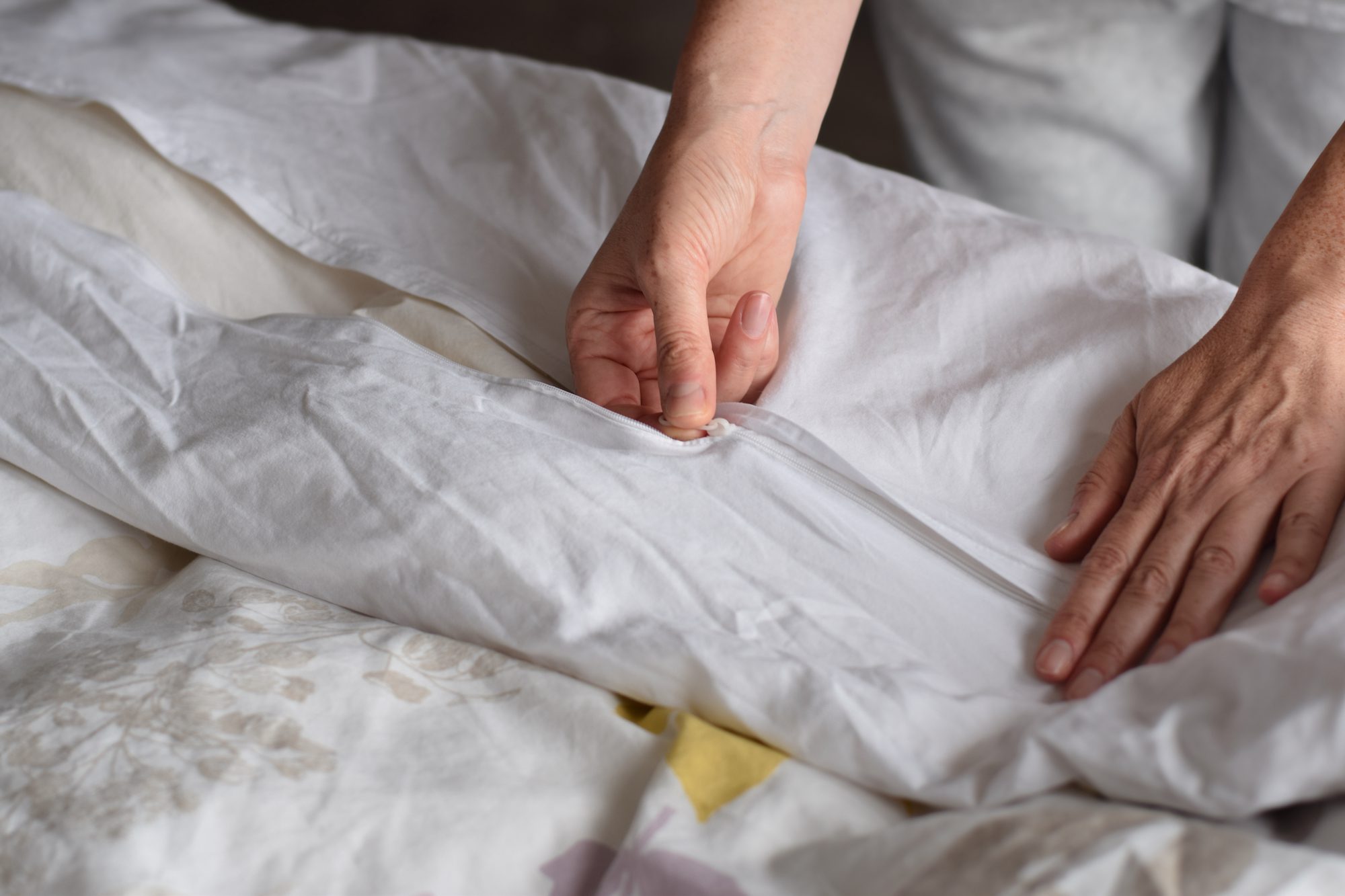

0 thoughts on “How To Wash A Silk Duvet Cover”